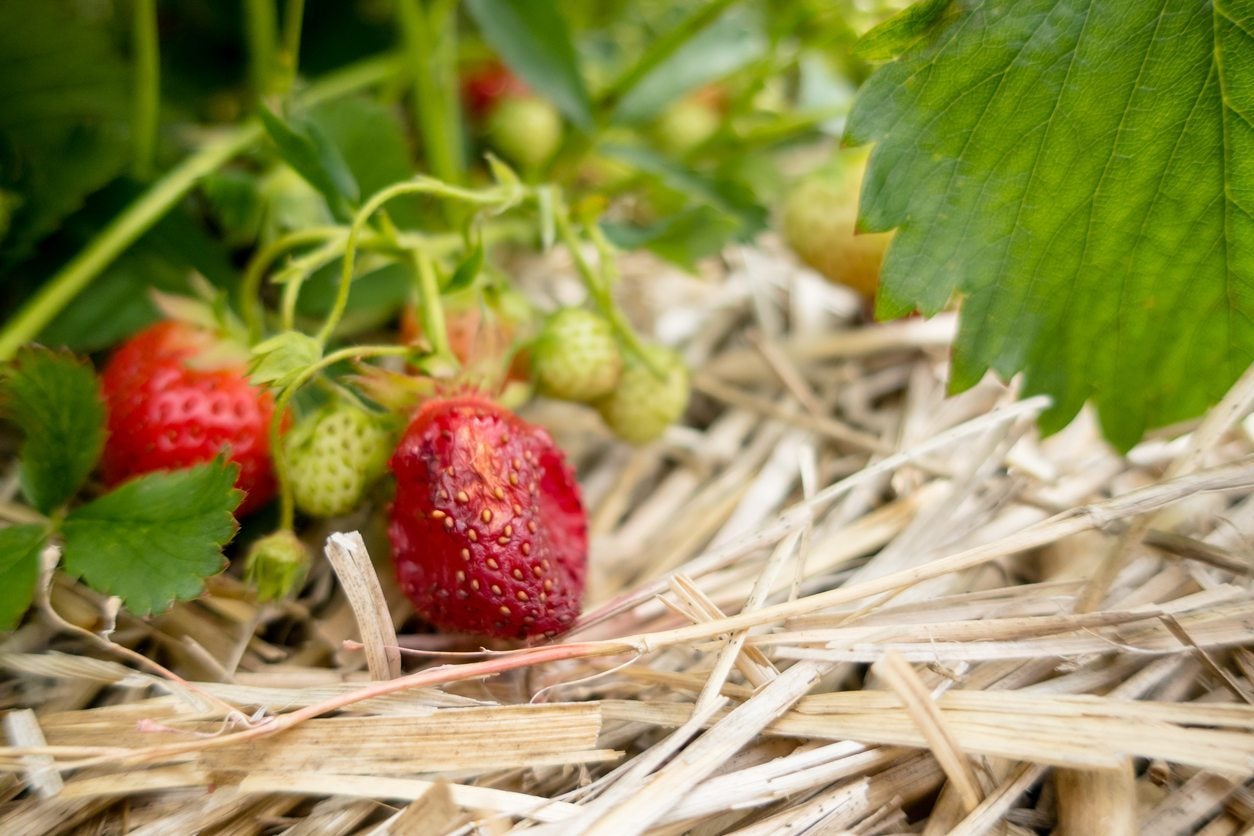Fixing Rotting Strawberries: Causes For Strawberries Rotting On Vine


There’s nothing worse in your summer garden than strawberries rotting on vines. It’s terribly disappointing to look forward to fresh berries, only to have them go bad before you even harvest them. There are solutions to this crisis, though, things you can do to prevent it and save the remaining strawberries.
Why Do Strawberries Rot in the Garden?
There are a few different diseases that can cause rotting strawberries, and if you understand how these develop, you can take steps to prevent them:
- Gray mold. Gray mold looks just like it sounds: gray, fuzzy mold growing on your berries. It can begin early, before any berries develop, causing the flowers and stems to brown and even die. As the berries form, they get moldy and rot. Gray mold is triggered by excess moisture.
- Leather rot. If your berries develop brown spots in warm and wet weather, you probably have leather rot. This is a fungal infection and it causes the spots and makes the fruit tough.
- Anthracnose fruit rot. Another fungal infection, this one causes circular depressions on the berries. It often occurs in humid and wet conditions.
All of these infections are most likely to develop when strawberry plants are wet for long periods of time. The infecting agents may get on the berries when rain water splashes dirt up and onto them. This can also happen when you’re watering the plants.
Preventing Rotten Strawberries on the Plant
The best medicine for these particular infections is to prevent them from occurring at all. All three can result from excessive moisture and warm, humid weather. Because strawberry plants are low, it is easy for water to splash dirt on them and contaminate them, and for them to get wet and stay wet. One thing you can do to avoid all this is plant your strawberries with plenty of space between them. This allows for air flow so plants can dry out between watering and rain. Make sure you also plant them in a spot with good drainage. A layer of straw mulch can prevent splashing and acts like a barrier. If you have particularly wet weather as your plants are growing, you can cover the plants as it rains. You may also want to try staking the plants to keep leaves and berries up and off the ground. If your strawberries are already rotting, pick off the affected ones, which will give the rest a chance to grow without getting infected. As a last resort, or if mold and rot continue to pester your plants, you can use a fungicide. After a bad year of rot, you might consider cleaning out the bed and treating it with a fungicide to prepare it for next year.
Sign up for the Gardening Know How newsletter today and receive a free copy of our e-book "How to Grow Delicious Tomatoes".

Mary Ellen Ellis has been gardening for over 20 years. With degrees in Chemistry and Biology, Mary Ellen's specialties are flowers, native plants, and herbs.